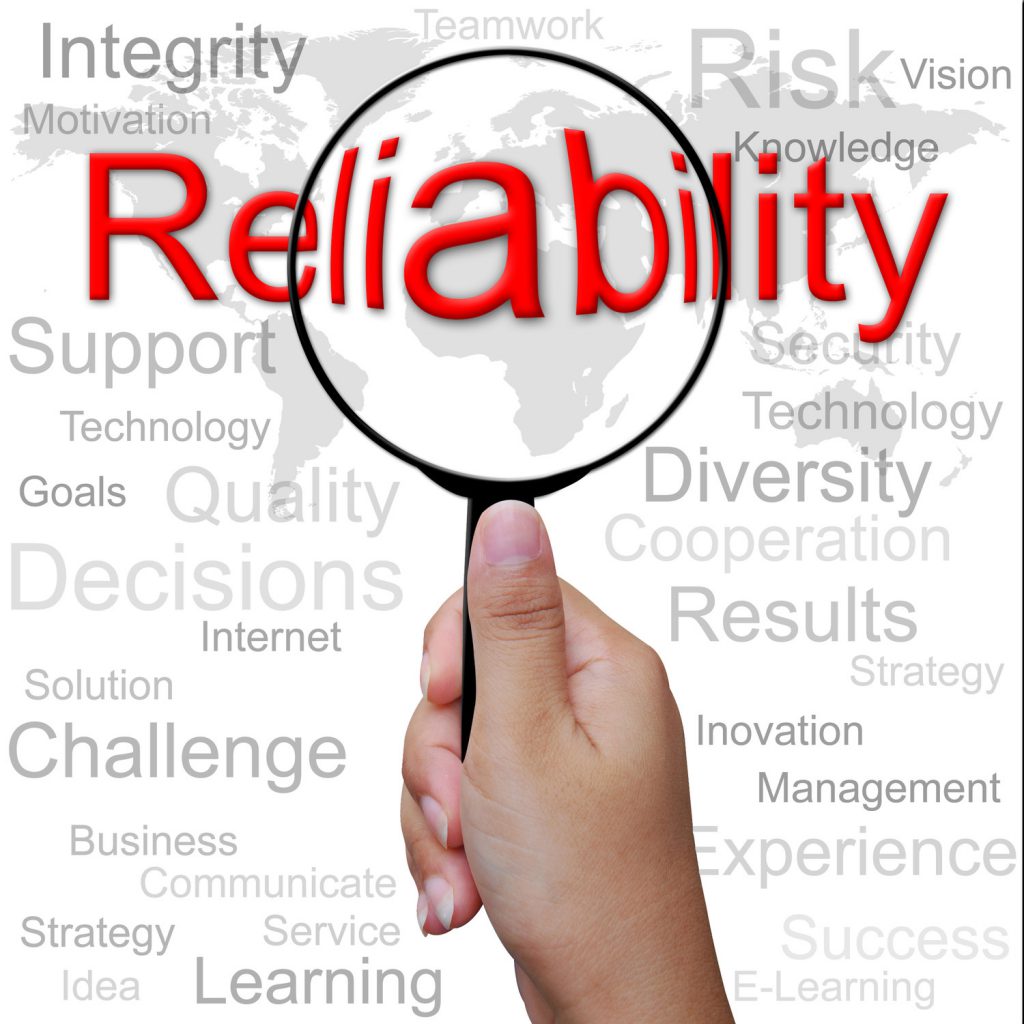
On December 29, 1978, Nowlan, Heap and Matteson published a report called Reliability Centered Maintenance (RCM). 40 years later, RCM is still “alive and kicking”.
RCM is a methodology that defines the failure behaviour of technical systems and develops a maintenance policy to prevent or minimize the consequences of failure.
To define the failure behaviour of assets and systems, FMEA / FMECA techniques are used. FMEA stands for Failure Mode Effect Analysis. The most common FMEA types are: Design FMEA, Object FMEA and the Process FMEA. And when criticality is added, it is called a FMECA (Failure Modes Effect & Criticality Analysis). RCM uses the Process FMEA technique.
RCM is used to develop maintenance concepts for highly critical systems. A maintenance concept is a list of failure modes, which failure behaviour is influenced with the execution of maintenance tasks and intervals.
It is a concept, because it is not finished yet. The maintenance concepts have to be nested into maintenance plans. These maintenance plans have to be connected to an agenda for execution of those tasks. This is done in the CMMS.For highly critical systems, shortcuts in the development of the maintenance concept are not allowed. This could be one of the most important reasons why FMECA techniques are NOT used in RCM. When a process, system or asset is highly critical, all failure modes matter and all have to be evaluated. Using criticality within the analysis itself, has no added value in a RCM analysis. For low and medium critical processes and systems, shortcuts can be more acceptable and FMECAs can be used.
When RCM is a way of life, the FMEA describes the CURRENT failure behaviour. Doing this will result in a maintenance concept which will remain up-to-date. Processes, systems, assets which need maintenance, are influenced by people, procedures, raw material, batches, modifications, budgets, wether, market demands, … All these factors change continuously in time. This means failure behaviour is constantly changing too. This is why FMEAs need to describe the current failure behaviour, so the maintenance concepts / plans / programs will cover the right failure modes.
A way of life means RCM is embedded in daily life. This can be done when the RCM is executed in in a dynamic way.

When the RCM report was published, parts of RCM were offered to industry and many told their customers they were doing RCM. This led to quality problems and the Department of Defense decided a standard was needed to control the RCM quality. In August 1999, the SAE JA1011 standard was published. This JA1011 document was accepted worldwide as the RCM standard. Some years later the RCM guide SAE JA1012 followed. Both describe how RCM must be executed.
The RCM standard JA1011 is a 12 page document. One of the most important parts are the 37 RCM definitions, which describe which terminology should be used in a RCM project. Without understanding these definitions as part of the methodology, RCM can become confused and time consuming.
The other important part of the standard describes the 7 RCM steps:
§ 5.9 of the RCM standard SAE JA1011 describes the importance of a Living Program. RCM recognizes that during the development of the initial FMEA, not all data is available and that information can be inherently imprecise. Making RCM a living program means the continuously improving knowledge of processes must be used to keep the FMEA up-to-date, in order to continuously improve maintenance concepts, -plans and -programs.

Continuous Improvement options
During the development of RCM, Nowlan, Heap and Matteson already understood the importance of continuous improvement. Now 40 years later, the industry is even better equipped to improve.
The following PDCA (Plan – Do – Check – Act) circles can be used to maintain dynamic maintenance programs:
Many more solutions are available to keep the FMEA up to date.
Traditionally maintenance management was focused on assets. Reliability Management focuses and improves the failure behaviour that influence Cost + Availability + Reliability + Effectiveness (C.A.R.E.). of assets, systems and processes.

Reliability Management makes RCM a living program. It Takes Care of C.A.R.E. and Becomes Better Each Day.